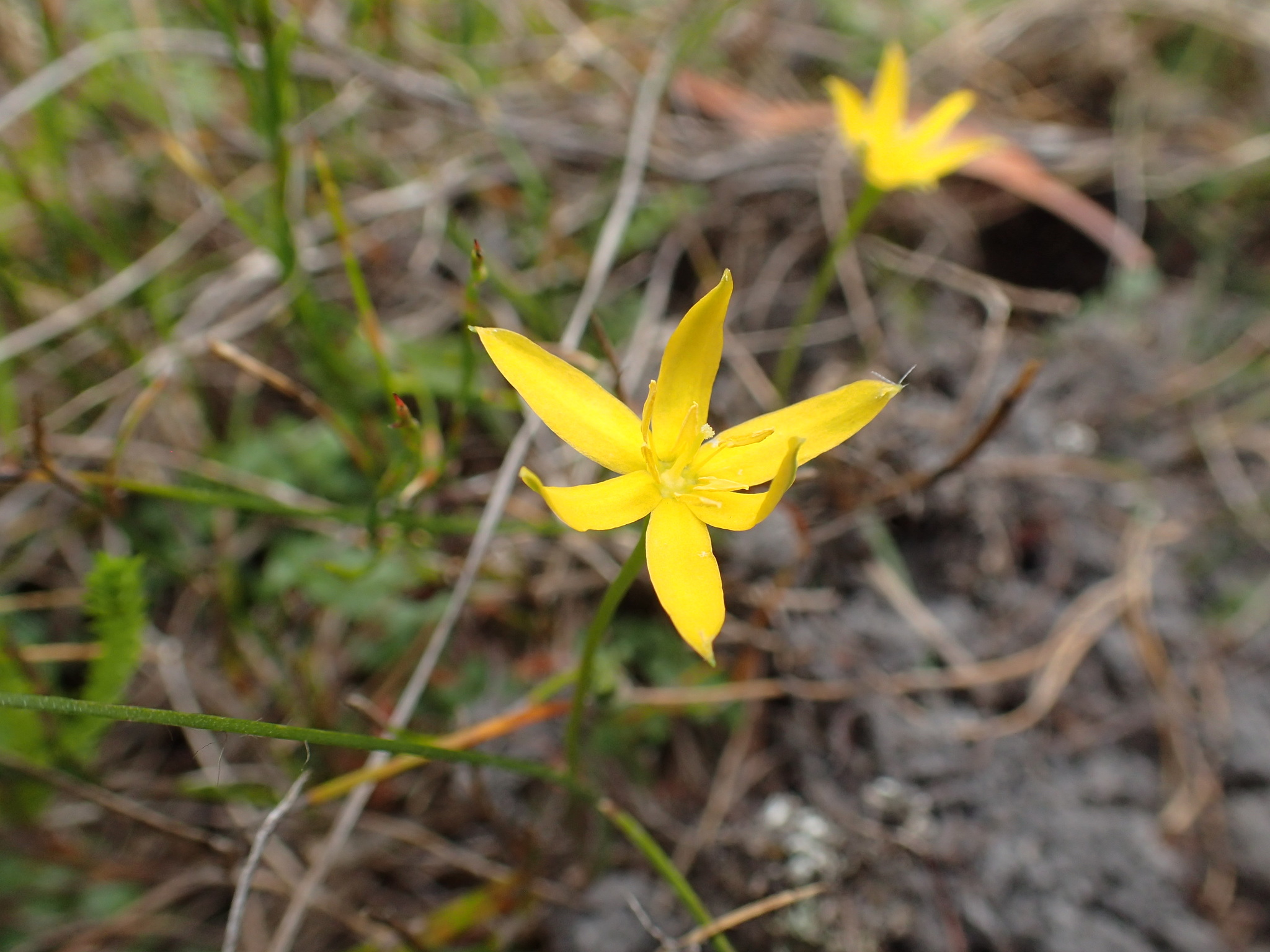
Perennial mostly cormous or thick-rooted rhizomatous herbs. Leaves simple, entire, linear or broad and palm-like, basal, hairy. Flowers radially symmetrical, bisexual, 1-numerous in axillary scapose spikes or corymbs.Tepals 3+3 (rarely 2+2), free or fused basally; individual flower stalks not articulated. Stamens 6 (rarely 4), attached to the tepals. Ovary inferior, 3- chambered with numerous ovules. Fruit a many seeded, dry dehiscent capsule. Seeds black, sometimes with appendages.
The most closely related family is Asteliaceae.A few genera are grown for the flowers and/or pleated foliage.
About 9 genera world wide especially the Southern Hemisphere, and mostly in Africa.
The corms of some Hypoxis and fruits of Molineria are edible.
Cormous habit; leaves often pleated; spike-like or corymbose inflorescences; flowers with inferior ovaries; non-articulated individual flower stalks; black seeds.
Hilliard & Burtt (1978).
Source: (2005). Hypoxidaceae. In: . Horticultural Flora of South-eastern Australia. Volume 5. Flowering plants. Monocotyledons. The identification of garden and cultivated plants. University of New South Wales Press.
